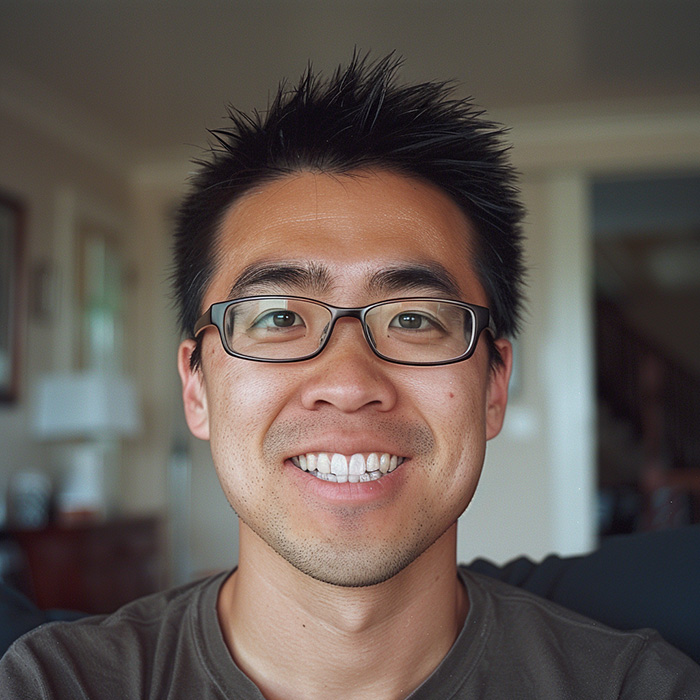After WW2 the Japanese Admiral who invented the idea of kamikaze pilots committed ritual suicide, seppuku, as an apology. After cutting through his abdomen he refused the customary beheading, instead slowly dying over several hours
Takijirō Ōnishi committed ritual suicide (seppuku) in his quarters on 16 August 1945, following the unconditional surrender of Japan at the end of World War II. His suicide note apologized to the approximately 4,000 pilots whom he had sent to their deaths, and urged all young civilians who had survived the war to work towards rebuilding Japan and peace among nations. He also stated that he would offer his death as a penance to the kamikaze pilots and their families. Accordingly, he did not use a kaishakunin (a second who executes him by beheading), and died of self-inflicted injuries over a period of 15 hours.

Theodore Lee is the editor of Caveman Circus. He strives for self-improvement in all areas of his life, except his candy consumption, where he remains a champion gummy worm enthusiast. When not writing about mindfulness or living in integrity, you can find him hiding giant bags of sour patch kids under the bed.

